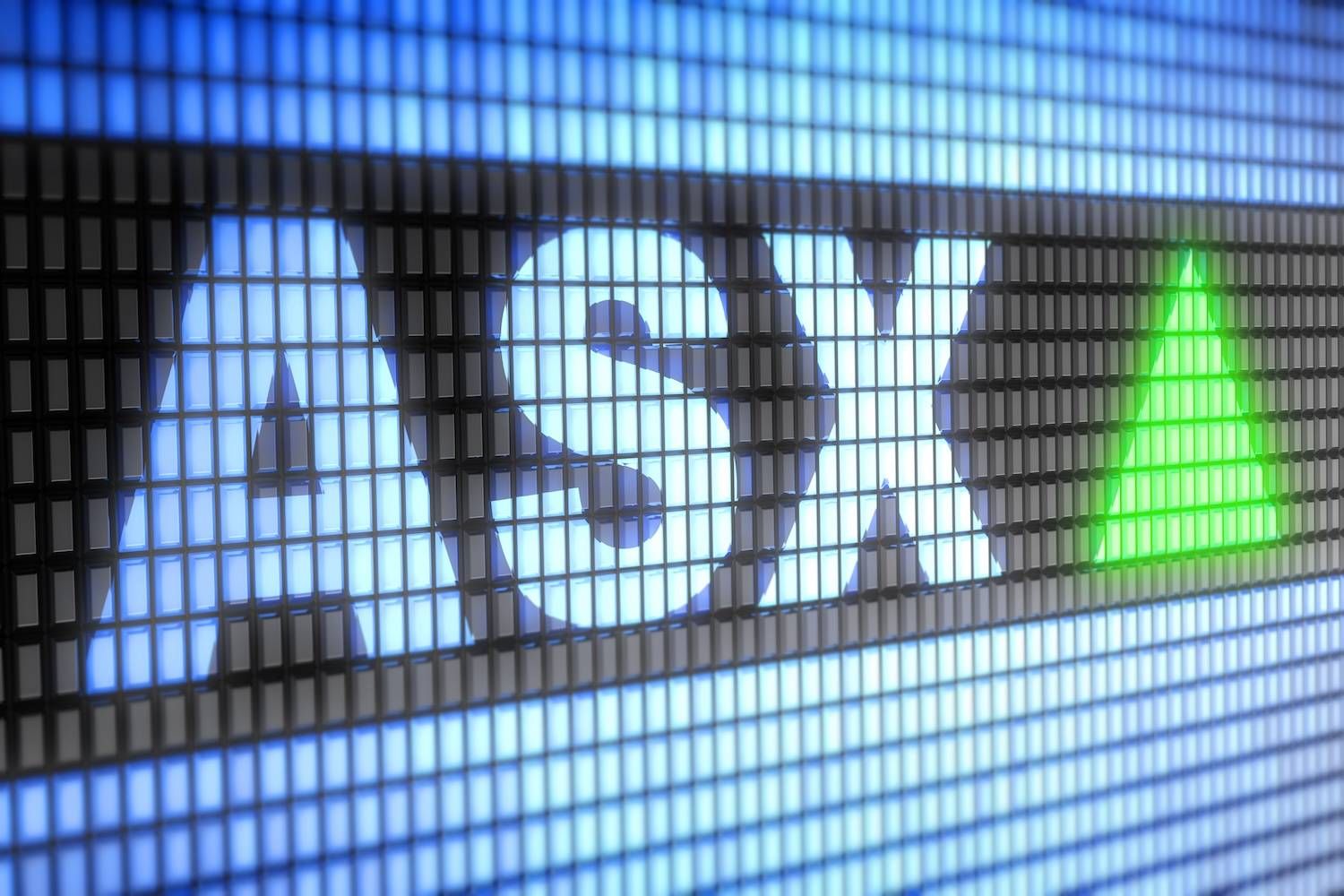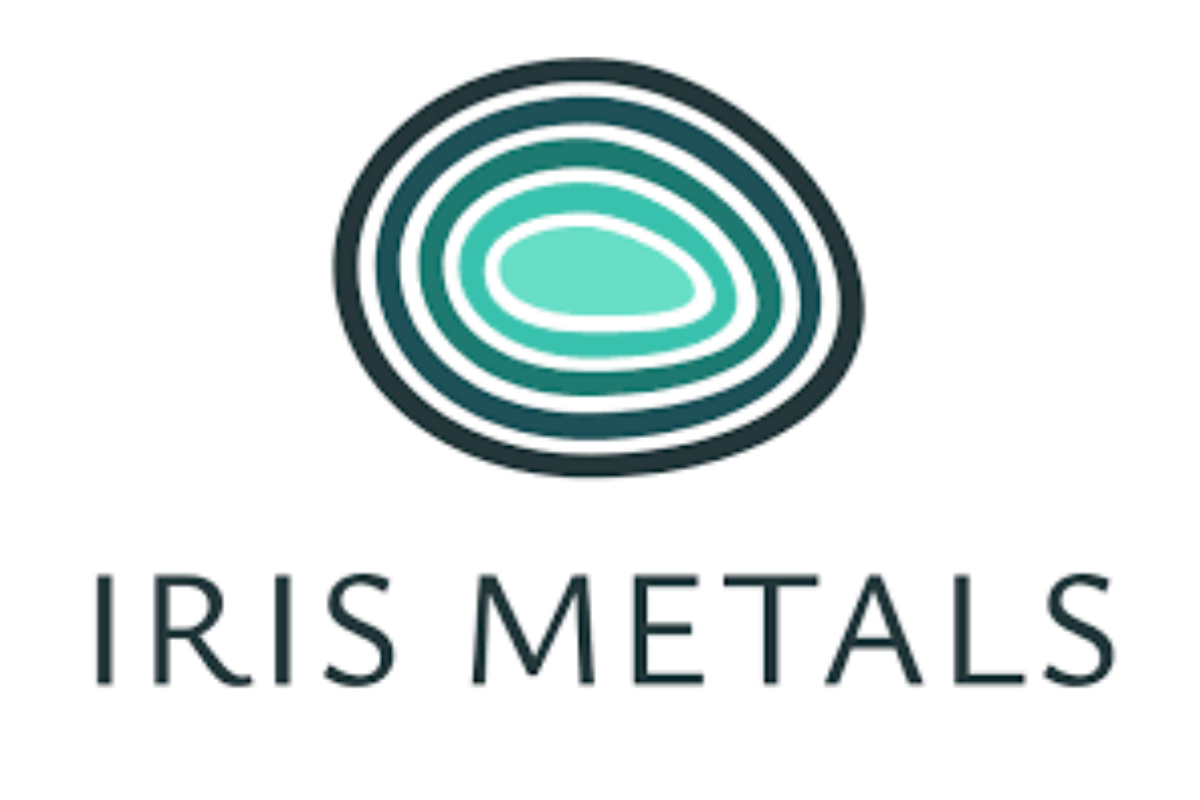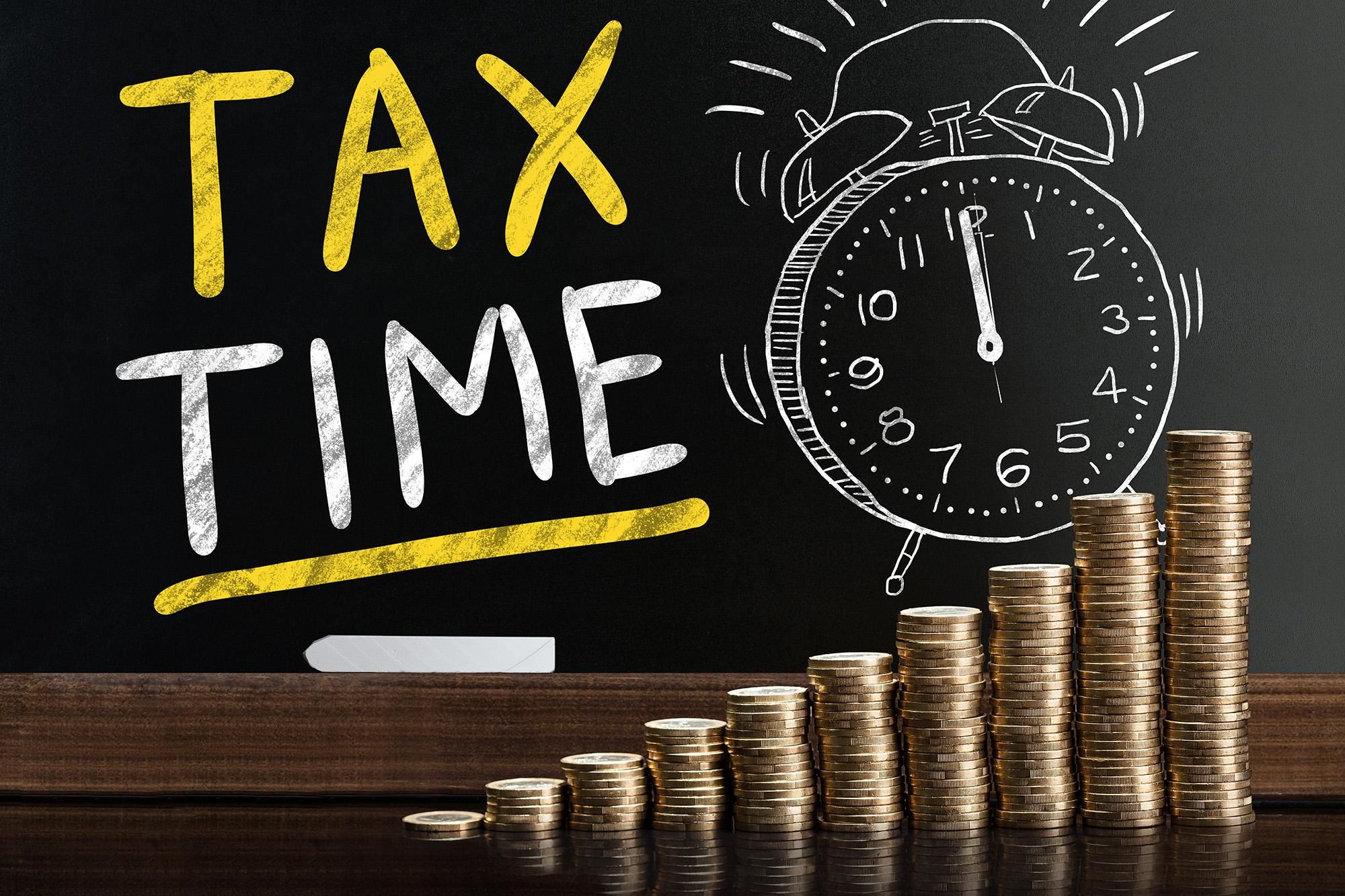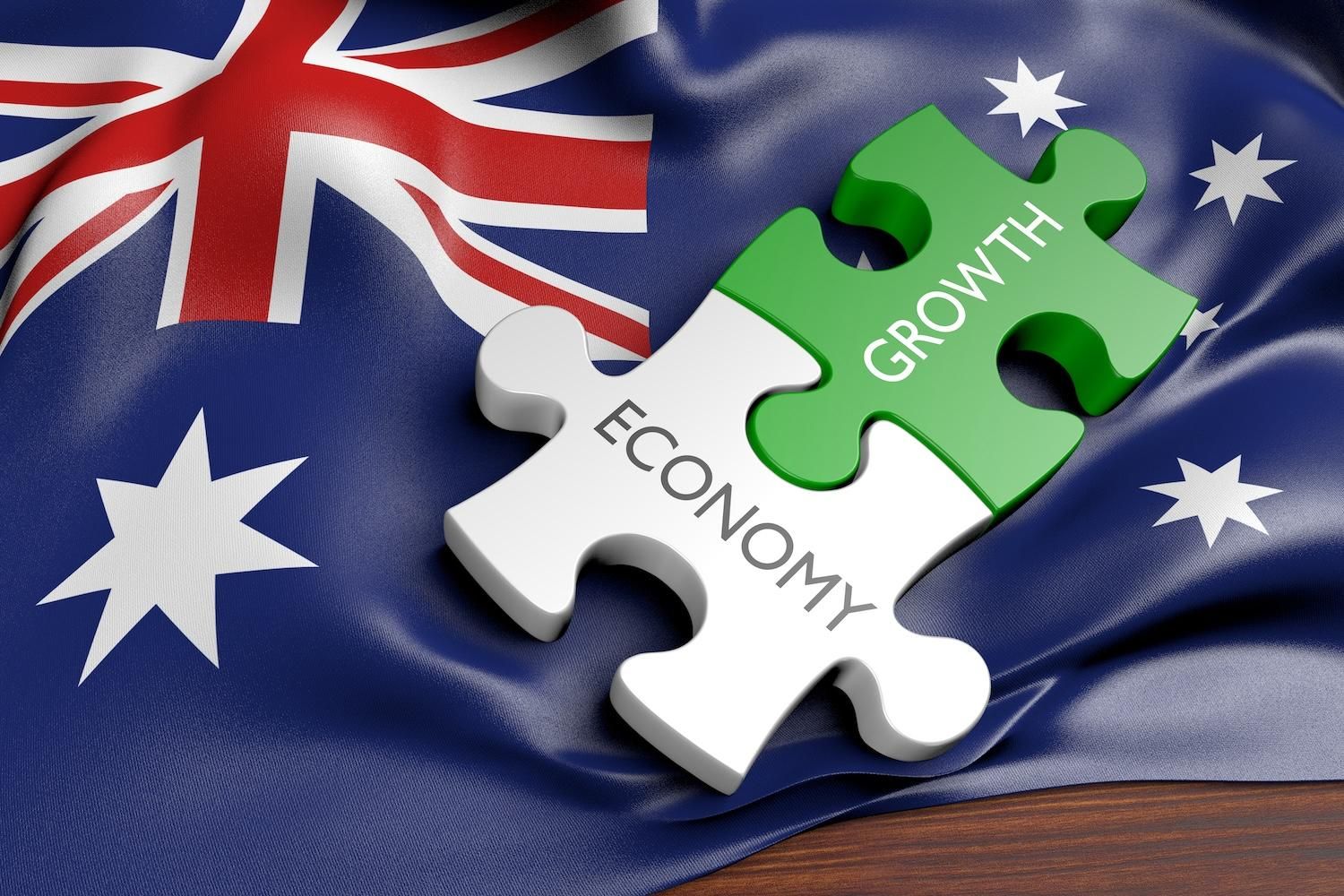
April 09, 2025
Condor Energy Limited (ASX: CND) (Condor or the Company) is pleased to announce the results of an independent prospective resource assessment conducted by international resource consultancy Netherland Sewell & Associates Inc. (NSAI) across five selected prospects in the Company’s Tumbes Basin Technical Evaluation Area LXXXVI (TEA or Block) offshore northern Peru.
Highlights
- New independent estimate confirms multibillion barrel prospective resource across five prospects in Tumbes TEA
- Total Best Estimate (2U) of 3 billion barrels of oil prospective resources1 (100% gross unrisked) across Bonito, Raya, Salmon, Caballa and Tiburon prospects
- The largest prospect, Bonito, has a Best Estimate (2U) of 1 billion barrels of oil prospective resource1 (100% gross unrisked)
- Majority of the resources are contained within Lower Miocene Zorritos Formation, a proven reservoir within the basin
- Resource potential determined by leading international petroleum consultancy Netherland Sewell and Associates (NSAI)
- World class multibillion barrel exploration potential builds on Condor’s substantial discovered gas field at Piedra Redonda (1 Tcf 2C)2
- Farmout process commenced with multiple parties in data room
- Shareholder briefing to be held Thursday 10 April, to detail resource estimate update
The NSAI evaluation confirms multibillion barrel potential, with a combined best estimate gross unrisked 2U prospective resource of 3 billion barrels of oil (2.4 billion barrels net to Condor) across the Bonito, Raya, Salmon, Caballa and Tiburon prospect areas (Table 1).
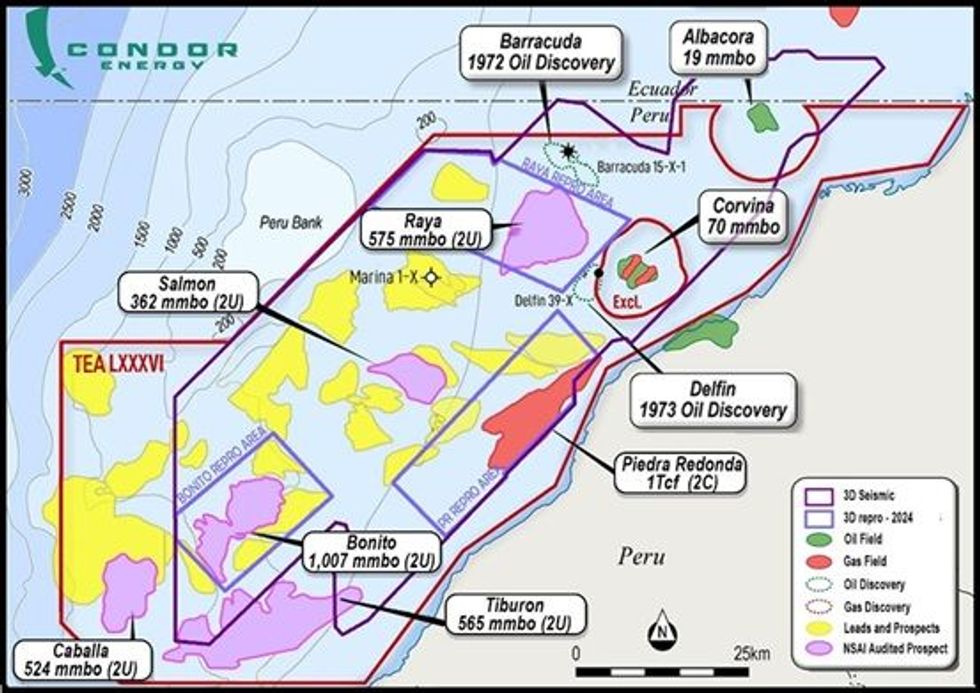

Prospective resources shown are aggregated by prospect area (Table 1). The geological chance of success (GCoS) has been assessed for the primary target reservoir within each prospect. Each prospect contains multiple stacked reservoir intervals, which may increase the effective chance of success due to multiple opportunities within a single structure.
Click here for the full ASX Release
This article includes content from Condor Energy, licensed for the purpose of publishing on Investing News Australia. This article does not constitute financial product advice. It is your responsibility to perform proper due diligence before acting upon any information provided here. Please refer to our full disclaimer here.
CND:AU
The Conversation (0)
26 September 2024
Condor Energy
Rare world-class hydrocarbon exploration opportunity
Rare world-class hydrocarbon exploration opportunity Keep Reading...
29 January
Quarterly Activities/Appendix 5B Cash Flow Report
Condor Energy (CND:AU) has announced Quarterly Activities/Appendix 5B Cash Flow ReportDownload the PDF here. Keep Reading...
22 January
A$3M Placement to Advance High-Impact Workplan for Peru
Condor Energy (CND:AU) has announced A$3M Placement to Advance High-Impact Workplan for PeruDownload the PDF here. Keep Reading...
20 January
Trading Halt
Condor Energy (CND:AU) has announced Trading HaltDownload the PDF here. Keep Reading...
15 January
Piedra Redonda Gas Field Best Estimate Resource of 1 Tcf
Condor Energy (CND:AU) has announced Piedra Redonda Gas Field Best Estimate Resource of 1 TcfDownload the PDF here. Keep Reading...
13 January
Trading Halt
Condor Energy (CND:AU) has announced Trading HaltDownload the PDF here. Keep Reading...
7h
Top 5 Australian Mining News Stories of 2025
From boardroom decisions to billion-dollar buildouts, 2025 was a defining year for Australian mining companies as they navigated changes in the global landscape.Escalating trade tensions, shifting US tariff policies and heightened geopolitical risk reshaped export strategies and investor... Keep Reading...
18 December
Iris Secures Right to High-grade Tungsten Project, Montana USA and Update on Capital Raising
IRIS Metals Limited (ASX: IR1, “IRIS” or “the Company”) is pleased to announce it has executed a binding Heads of Agreement (HOA) with Finley Mining Inc for the exclusive right to farm-in to the Finley Basin Tungsten Project (Tungsten Project) located in Granite County, Montana, USA. This... Keep Reading...
16 December
Mark These Tax-loss Selling Dates on Your Calendar
As the end of 2025 nears, investors may want to consider how they can use tax-loss selling to their benefit.Buying stocks low and selling them high is ideal, but sometimes investments go sour. In such cases, all hope is not lost — at the end of the year, investors can sell investments that... Keep Reading...
01 December
Australia Minerals Council Blasts EPBC Bill’s Lack of Environment and Mining Balance
“The deal between the Federal Government and the Greens to pass the Environment Protection Reform Bill 2025 and related bills is an inferior and disappointing outcome which fails to strike the right balance between protecting Australia’s unique environment while enabling responsible and... Keep Reading...
28 November
Completion of the Acquisition of the Webbs Consol Silver Project
Rapid Critical Metals Limited (‘Rapid,’ ‘RCM’ or ‘Company’) is pleased to announce that it has completed the acquisition of the Webbs Consol Silver Project (Webbs Consol) in northeast New South Wales, comprising EL 8933 and EL 9454 from Lode Resources Limited (ASX: LDR) (Lode Resources). The... Keep Reading...
19 November
Red Mountain Mining Successfully Lists on the US Stock Market with a Strong Trading Debut Up 36%
Red Mountain Mining Limited (ASX: RMX, US CODE: RMXFF, or “Company”), a Critical Minerals exploration and development company with a growing portfolio in Tier-1 Mining Districts in the United States and Australia, is pleased to announce that RMXFF successfully commenced trading on the OTCQB this... Keep Reading...
Latest News
Interactive Chart
Latest Press Releases
Related News
TOP STOCKS
American Battery4.030.24
Aion Therapeutic0.10-0.01
Cybin Corp2.140.00


